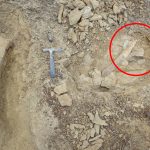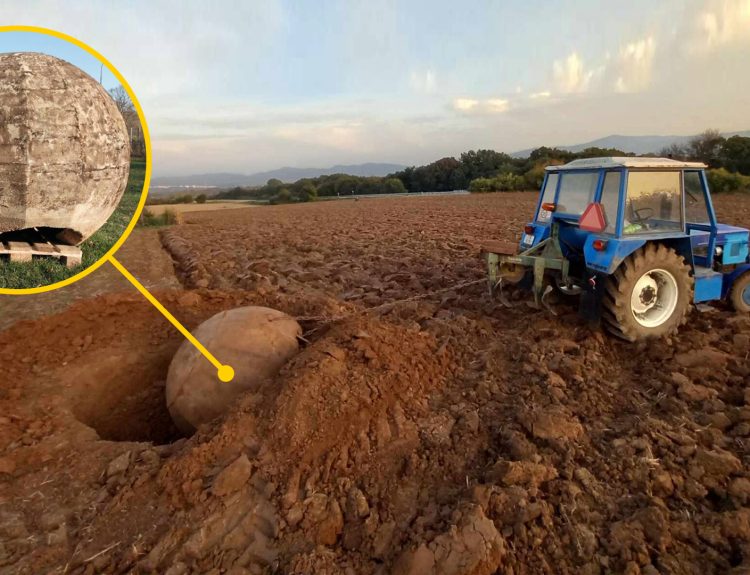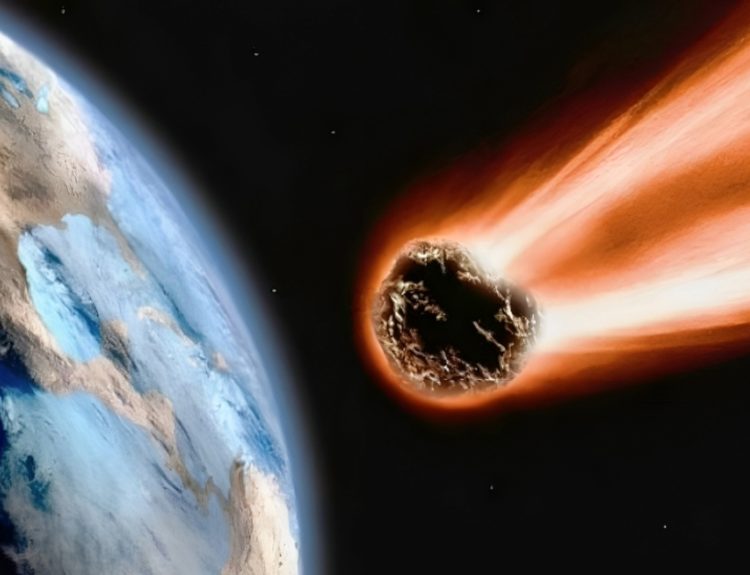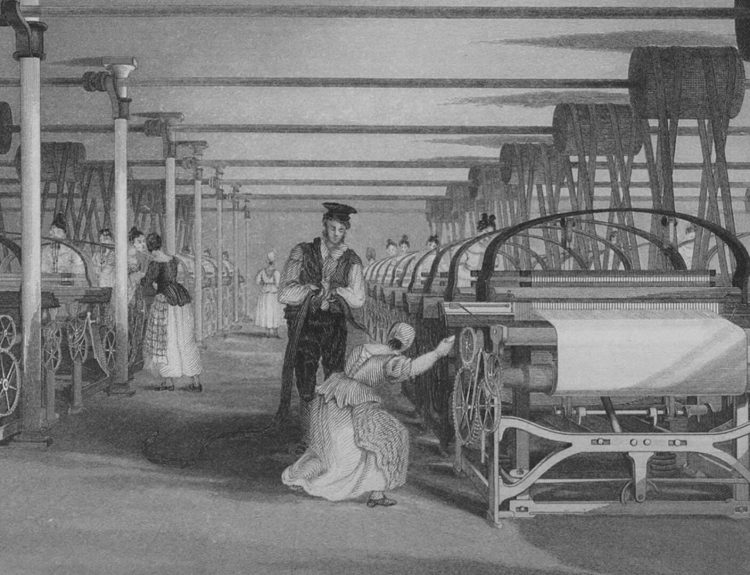Finding a cache of buried gold in your backyard … isn’t that the way we would all like to start our new year? For one Kentucky man, unearthing a hoard of buried coins wasn’t a dream; it was a dream come true!
The man has chosen to keep his identity, location, and even the exact date of his find a secret. Wouldn’t you? But what we do know is that he stumbled upon a trove of Civil War-era gold coins that is worth an astonishing $2 million. Who buried the coins? Why? What was included? Let’s learn all we can about the “Great Kentucky Hoard.”
Striking Pay Dirt
One day in early 2023, a Kentucky farmer, who has chosen to remain anonymous, was tilling his field in preparation for planting corn. The blade of his plow turned over the moist earth and, in it, the farmer spotted something that looked out of place. It was a coin.
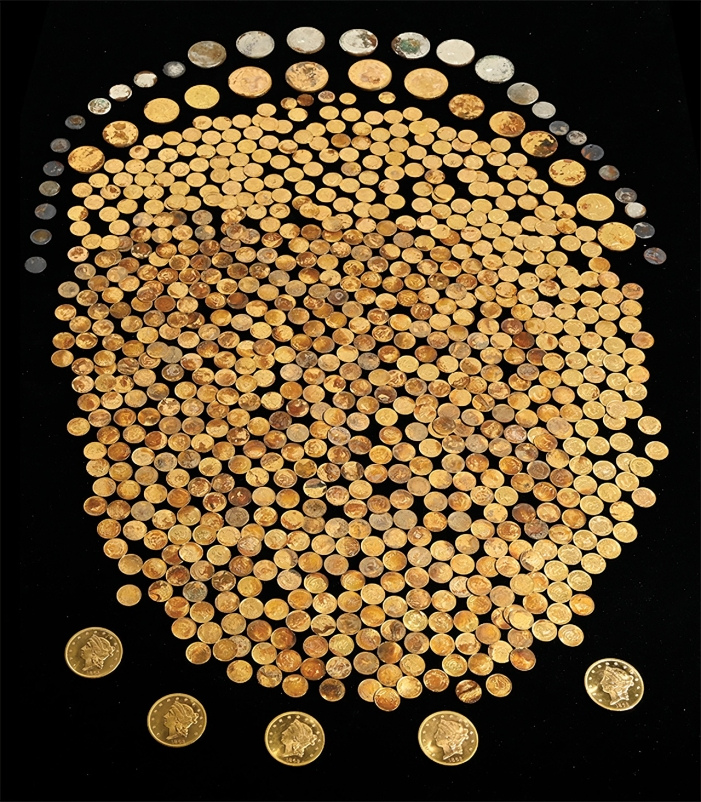
Upon closer inspection, the farmer could see more coins. One of them was damaged by his farming equipment. Some of the coins were loose in the soil. Others were in an old, deteriorating cloth bag. When he was done collecting the coins, the farmer had found nearly 800 items … most of them are gold coins!
Civil War Gold
The coins in the “Great Kentucky Hoard” all date from the 1840s through 1860s. All but about ten percent of them were gold coins, mainly Liberty Dollars. Included in the hoard were twenty Liberty Head Eagles, a $10 coin, eight Liberty Head Double Eagles, a $20 coin, and a set of eighteen Double Eagles that were minted in 1863 at the Philadelphia Mint.
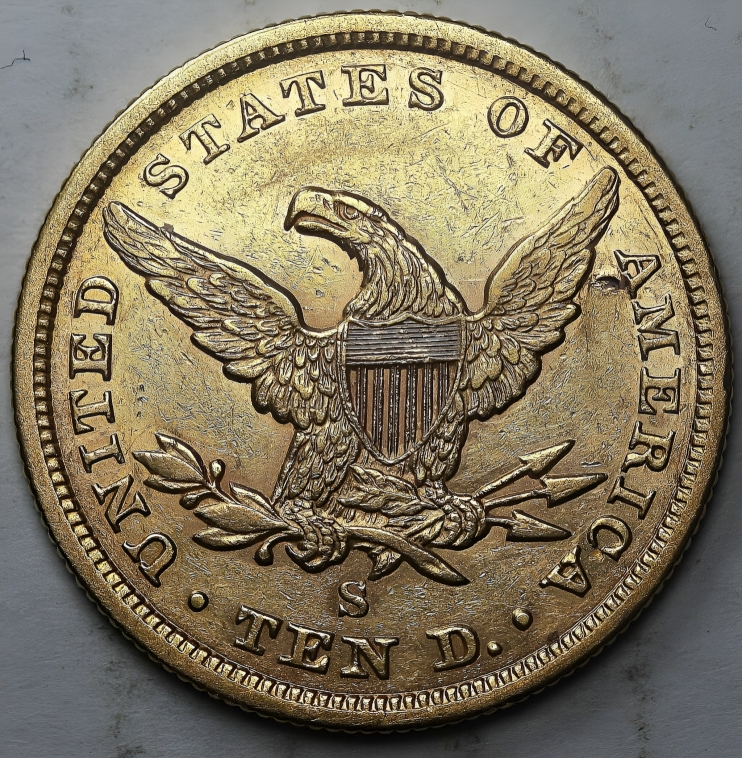
The set of Double Eagle gold coins was found to be in extremely good condition. In fact, some of them were in mint condition. Individually, these Double Eagle coins are worth six figures. When news hit about the discovery of these coins, collectors and historians alike were thrilled.
Experts Were Called in to Verify the Find
The Numismatic Guaranty Corporation, or NGC, a reputable and globally recognized third-party coin grading service, was called in to evaluate the coins in the “Great Kentucky Hoard.” Established in 1987, NGC is dedicated to providing expert and impartial assessments of the authenticity and condition of coins.
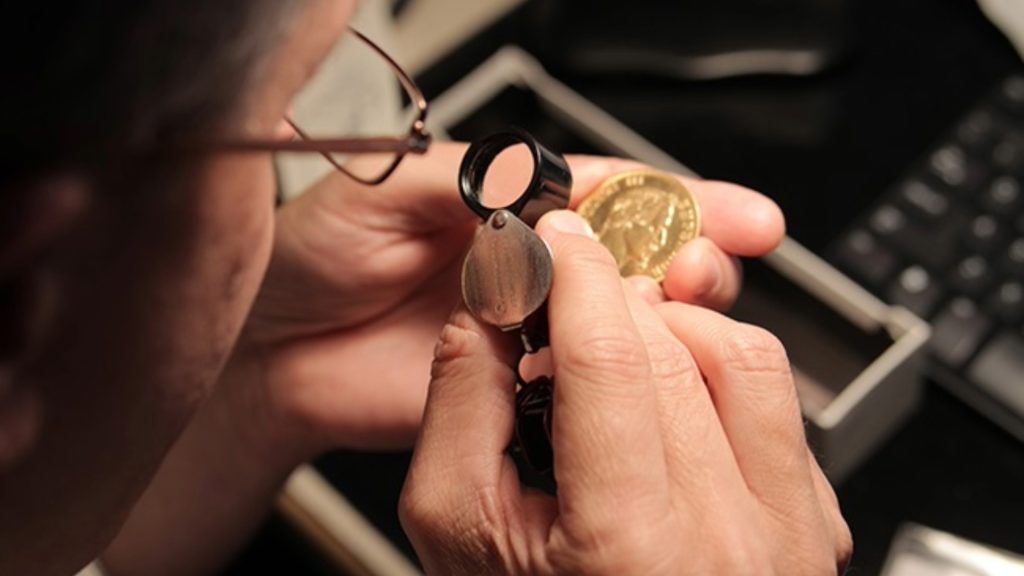
NGC employs a team of experienced numismatists who meticulously examine each coin, assigning a grade based on a standardized scale that reflects its condition and preservation. The encapsulation process involves sealing the graded coin in a tamper-evident holder, preserving its condition and protecting it from environmental factors.
Why Were the Coins Buried?
It was not uncommon for wealthy individuals to hide their riches before and during the American Civil War, which was fought from 1861 to 1865. The war brought economic uncertainty and the disruption of normal financial systems. Fearing the volatility of paper currency, rampant inflation, and the risk of theft, some people resorted to burying coins to safeguard their financial assets.
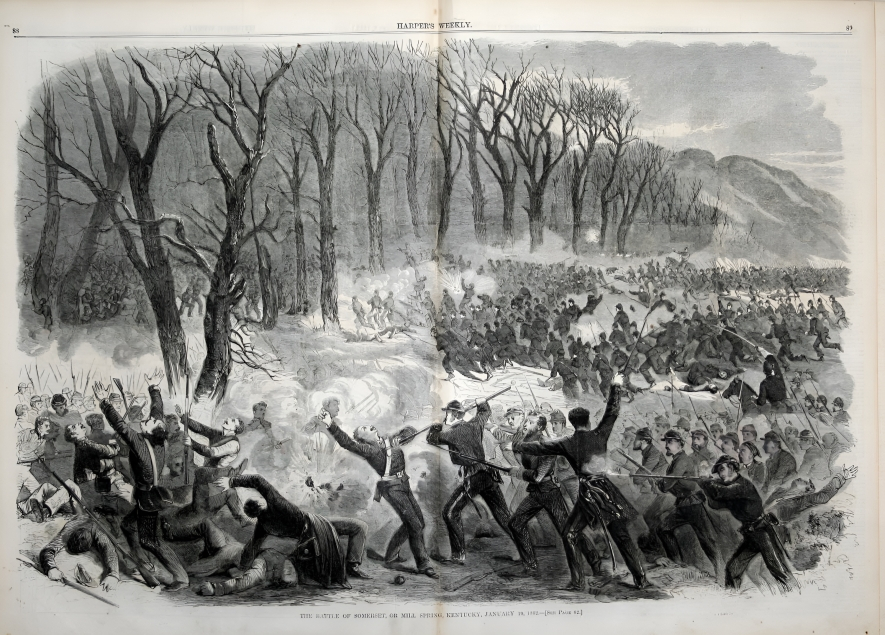
By hiding coins and currency in underground caches, individuals sought to ensure the preservation of their wealth in the face of the tumultuous wartime conditions. Buried treasures from the Civil War era occasionally surface, offering glimpses into the financial anxieties and survival strategies of the time.
When Were the Coins Buried?
The latest coins in the “Great Kentucky Hoard” are dated 1863, which offers a clue to when they were buried. According to wartime archaeologist Ryan McNutt of Georgia Southern University, it is likely that the coins were hidden ahead of Morgan’s Raid, a major Confederate offensive that took place in June and July 1863.
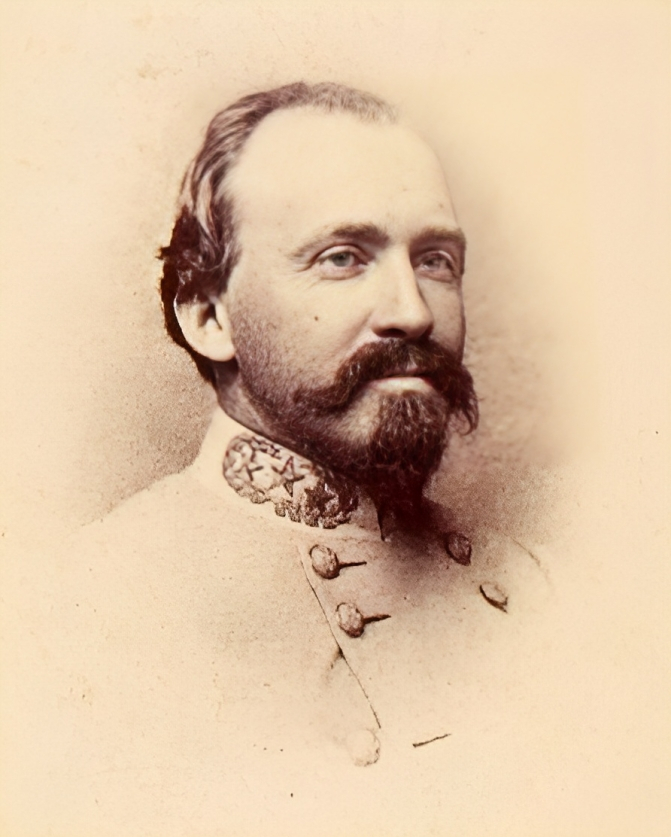
Morgan’s Raid, led by Confederate Brigadier General John Hunt Morgan, was intended to divert Union forces and disrupt their supply lines by conducting a raid into Union territory. Morgan’s Raid started in Tennessee and moved through Kentucky. Morgan and his cavalrymen then crossed the Ohio River into Indiana and then proceeded into Ohio. As hoped, the raid caused panic and confusion among Union forces.
Who Buried the “Great Kentucky Hoard”?
Just who was the original owner of the coins in the “Great Kentucky Hoard” is yet known. Because the farmer who located the coins has not disclosed the location of the find – he is obviously concerned about treasure hunters trespassing on his property – amateur Civil War historians do not have the information they need to pinpoint the owner.

We do know that Kentucky, known for its fertile soil, was home to prosperous plantations and thoroughbred horse farms owned by wealthy individuals. These landowners often focused on cash crops such as tobacco and hemp. The coins may have belonged to a successful plantation owner.
Rumors Tell of Other Buried Civil War Gold
According to legends, rumors, and folklore, there may be other buried caches of Civil War gold waiting to be found across Kentucky. One such lost treasure is said to have been buried by a Lexington-area man named William Pettit. His hoard included gold valued at $80,000 during the Civil War, the equivalent of nearly $2 million today.
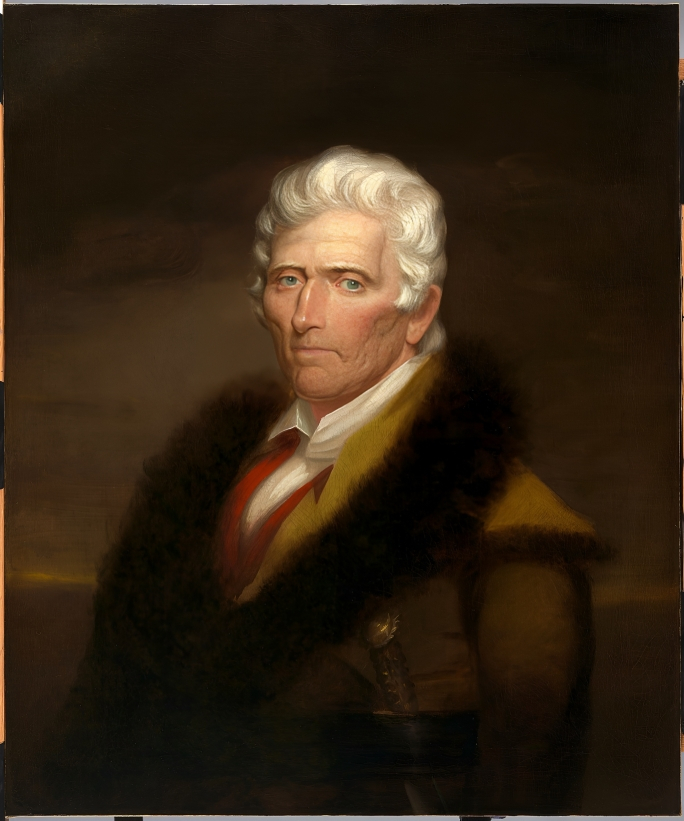
In addition, a Kentucky business owner named James Langstaff wrote a letter to a family member during the Civil War. In it, he made reference to his hidden wealth that he buried somewhere in the area of Paducah. The $20,000 of Langstaff’s riches would today be worth nearly $500,000. Even legendary frontiersman Daniel Boone may have buried his coins for safekeeping near his home in Kentucky’s Fayette County.
Buried Treasure Could Also Be Stolen Gold
Not all the buried treasure rumored to be in the ground in Kentucky came from prosperous residents. Some, according to folklore, may be stolen loot. The outlaw Jesse James, for example, is believed to have hidden more than $50,000 in gold coins near Russellville.

There are also stories that claim Confederate soldiers hid a box of payroll money and told their commanding officers that it had been seized by Union forces. Interestingly, only a few of these rumored caches of Civil War-era loot have ever been recovered. There may be other buried treasures still hiding beneath Kentucky’s bluegrass.


